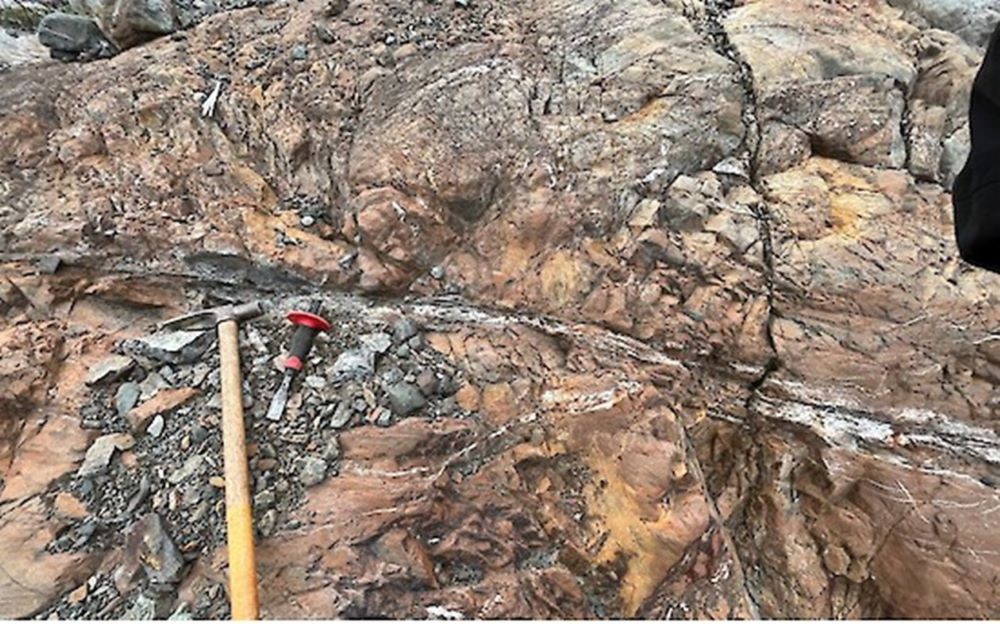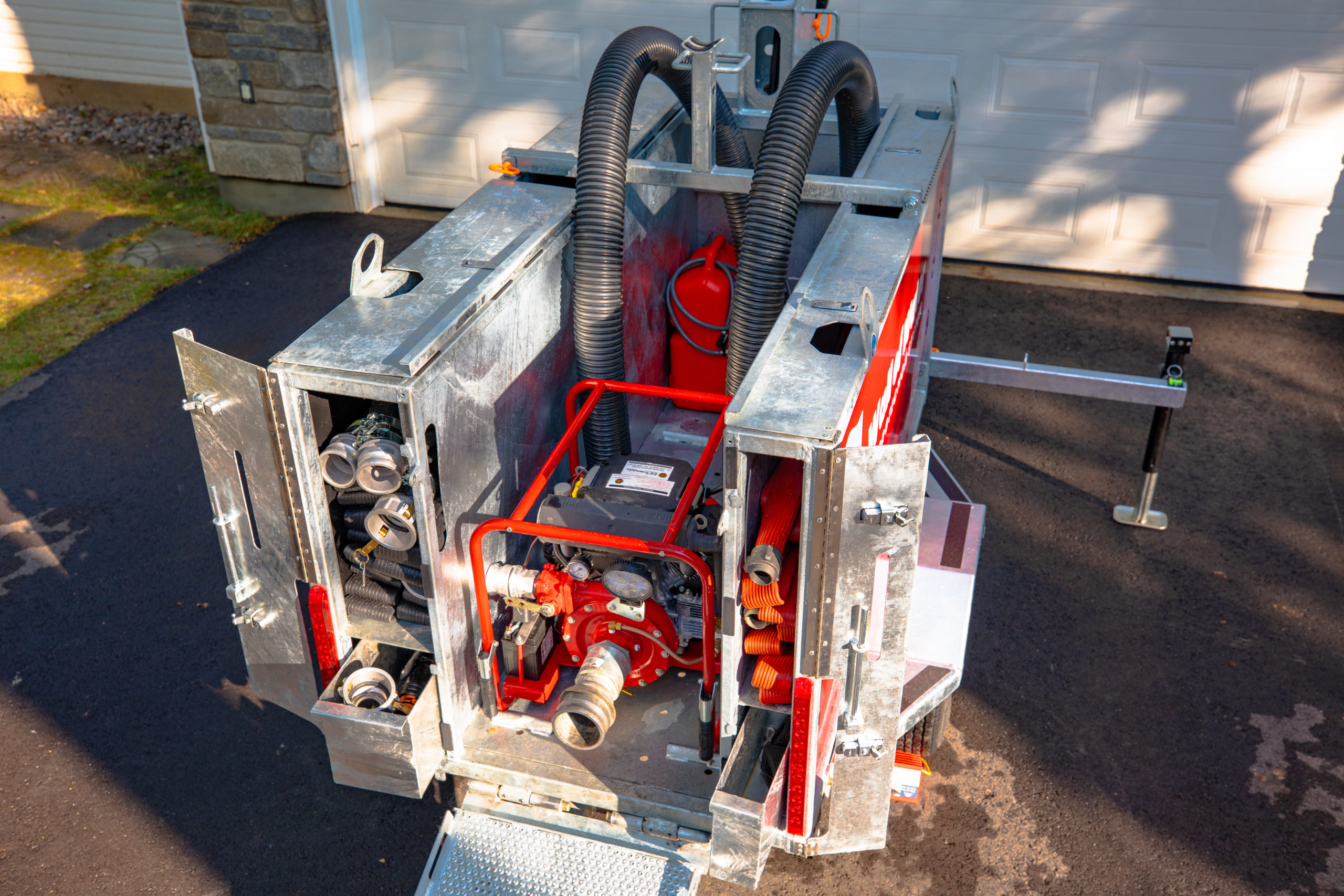Securing critical minerals for the energy transition
Geography is a key area of imbalance
A May 2021 International Energy Agency (IEA) report says the Democratic Republic of the Congo (DRC) and China were responsible for some 70% and 60% of global production of cobalt and rare earth elements, respectively, in 2019. When it comes to future supply, the IEA says reaching the goals of the Paris Agreement would mean a quadrupling of mineral requirements for clean energy technologies by 2040. Hitting net zero globally by 2050 would require six times more mineral inputs in 2040 than today.
The supply of base metals to support the energy transition presents a challenge, too. Wood Mackenzie’s COP26 briefing says the energy transition can’t happen without base metals (including an additional 19 million tonnes of copper alone) – and base metals capex needs to quadruple to about US$2 trillion to achieve an accelerated energy transition.
So what are Canada and its international allies doing to secure the minerals needed for the world’s energy transition, and what does it mean for Canadian miners?
Canada
Canada unveiled its Critical Minerals List in March 2021. It includes 31 minerals that are essential to Canada’s economic security, needed for the transition to a low-carbon economy, and a sustainable source of critical minerals for our partners. The list builds on the existing Canadian Minerals and Metals Plan.
On the provincial level, the dial seems to be starting to move with certain provinces taking the lead. In March 2021, the Ontario government announced it is developing its first-ever Critical Minerals Strategy, scheduled to be released this fall. In October 2020, Quebec launched its Plan for the Development of Critical and Strategic Minerals 2020-2025. Alberta introduced the Mineral Resources Development Act in November 2021 and in Saskatoon, a rare earth processing facility that will be operated by the Saskatchewan Research Council is being built.
Canada and international partners
The United States and Canada hosted the third Canada-U.S. Critical Minerals Working Group meeting in July 2021. The group discussed ways to strengthen the Canada-U.S. Joint Action Plan on Critical Minerals Collaboration to target a net zero industrial transformation and to support clean energy deployment. The Joint Action Plan was announced in January 2020.
In June 2021, the Biden administration released a 100-Day Building Resilient Supply Chains Review. The report says that to secure a reliable, sustainable supply of critical minerals and materials, the U.S. must work with allies and partners to diversify supply chains away from adversarial nations and sources with unacceptable environmental and labour standards. The report also stressed the need for the U.S. to capture as much of the critical minerals value chain as possible.
In July, a joint statement was released on the framework for Canada-EU Strategic Partnership on Raw Materials. Next steps include developing critical raw material projects in Canada and the EU and aligning European and Canadian financial support for critical mineral projects to leverage and de-risk private investments.
And on Sept. 30, the European Raw Materials Alliance (ERMA) released its Action Plan to secure access to rare earth elements for European industry. ERMA includes almost 20 Canadian companies.
What’s needed next?
From a policy point of view we are facing some serious issues. Will we use the resources we have to save ourselves? Perhaps even the species? Are we going to mine these resources and ship them offshore for the value add creation of batteries, aerospace components and other strategic uses? Will government decide to subsidize or even take a direct role in the economy?
We have lists. We know the targets. Industry can be a big part of the solution, but we need some leadership to encourage investment to start moving lists into targets, targets into projects and projects into mines, processing and manufacturing. Leadership means infrastructure, permits and licences, maybe even grants and tax concessions for the value add. Leadership can start to take us from concept down this virtuous highway to sufficiency and opportunity. Let it start today.
SANDER GRIEVE is a partner and head of the mining industry team at Bennett Jones in Toronto.





Comments